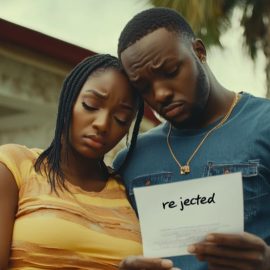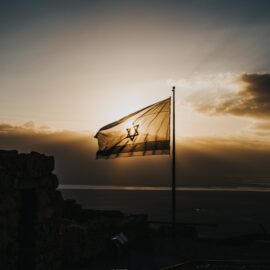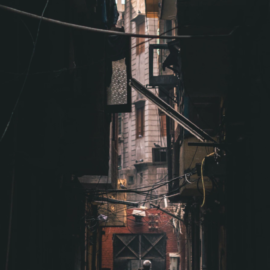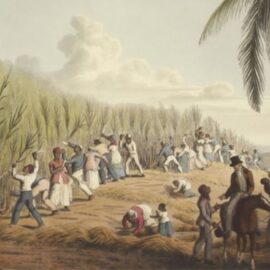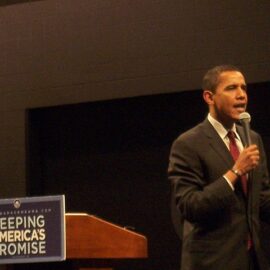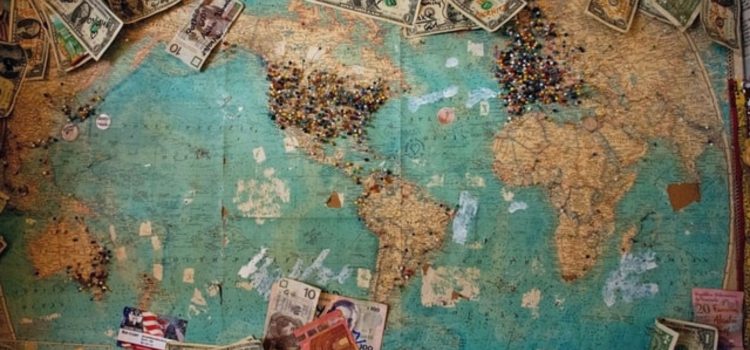
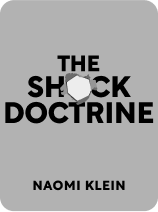
This article is an excerpt from the Shortform book guide to "The Shock Doctrine" by Naomi Klein. Shortform has the world's best summaries and analyses of books you should be reading.
Like this article? Sign up for a free trial here .
Who was Jeffrey Sachs? What was the role of Jeffrey Sachs in Bolivia’s shock therapy?
Economist Jeffrey Sachs played a major role in implementing economic shock therapy in Bolivia under president Paz. Upon re-election, Paz set out to correct Bolivia’s spiraling economy with policies based on Jeffery Sachs’s recommendations.
In this article, you’ll learn about Bolivia’s shock therapy, how it was implemented, and what happened in its aftermath.
Bolivia Shock Therapy
Bolivia in the mid-80s was at a crossroads that made it the perfect place for shock therapy. On the one hand, it was finally having general elections after two decades under a dictator’s thumb. On the other hand, the country was in so much debt that the interest it owed was greater than its national budget, and inflation was up to a staggering 14,000%.
The election was between Bolivia’s former president Victor Paz Estenssoro, and its former dictator Hugo Banzer. The vote was extremely close, so close that the final decision was left to Bolivia’s congress, but Banzer’s party was certain that he would win. Even before the results were announced, they called in a young economist named Jeffrey Sachs to start planning a solution to Bolivia’s economic crisis.
Jeffrey Sachs was an odd hybrid of Chicago School economist and Keynesian. He favored Friedman-esque economic shock therapy, but he wanted to soften it with some government support for those who would be hit hardest by the free-market policies.
Sachs knew next to nothing of Bolivia’s history and had never worked in development economics before. However, he was the golden boy of Harvard’s economics department at the time, and confident that he knew everything he needed to know in order to turn Bolivia’s crisis around—in a single day, he claimed. To that end, Sachs laid out a plan for Banzer that involved price deregulations, budget cuts, and raising the price of oil by 1000%.
Paz Takes Back the Presidency
To everyone’s surprise, Congress chose Paz, not Banzer, to take the presidency. Paz had been known to completely change his policies while in office, and to swing left or right as seemed beneficial to him at the time. While he was no radical socialist, he also wasn’t known as a Chicago-style capitalist. However, that was about to change.
It’s not clear exactly what prompted Paz’s sudden, extreme move to the right this time, but there’s some evidence that he’d been promised support from the US in exchange for creating a free-trade economy in his own country.
Paz set out to correct Bolivia’s spiraling economy with policies based on Sachs’s recommendations—but then went far beyond anything that Sachs had proposed. His new plan called to completely eliminate food subsidies, cancel all price controls, and raise the price of oil. On top of that, even though these moves would cause the cost of living to skyrocket, the plan called to freeze all government wages at their current levels. It made severe cuts to government spending and opened Bolivia’s borders to all kinds of cheap imports. It also downsized a lot of state-run companies, the groundwork for full privatization.
President Paz dictated that whatever changes they made—whatever economic shocks they administered—had to be done quickly, suddenly, and all at once so that the country’s unions and the public couldn’t respond. He likened it to a surprise military attack against a dangerous enemy. To fulfill his demands, his team compiled all of their proposed changes into a single document that rivaled “The Brick” in size and scope. The entire plan would have to be accepted or rejected; there was no room for amending it.
Paz didn’t even give his cabinet the chance to reject it. He read the entire document aloud to a shocked room and said that anyone who didn’t like it should resign. With inflation out of control and the vague promise of support from Washington giving them hope, nobody dared to oppose his plan.
The Outcome of Bolivia’s Shock Therapy
The price increases and cuts to spending did indeed end hyperinflation, as promised. Within two years inflation was down from 16,000% to a mere 10%, which is impressive by any measure.
However, alongside this seemingly miraculous recovery was enormous hardship for the poor and working class. Sachs, like Friedman, had sworn that free trade would create jobs for the jobless. That promise wasn’t fulfilled. The unemployment rate, which had been at 20% before Paz took office, climbed to somewhere between 25% and 30%. The state mining company alone had downsized from 28,000 employees to only 6,000, with no new private companies to replace it.
As always happened with economic shock therapy, a small group of wealthy elites became far richer while everyone else became much poorer. Homelessness soared, thousands of families couldn’t get enough food to eat, and even those lucky enough to have jobs lost most of their protections. The number of Bolivians who could claim social security dropped by 61% between 1983 and 1988.
One unforeseen consequence of the shock therapy was a massive expansion of Bolivia’s illegal coca trade. Coca, which is refined to make cocaine, was several times more profitable than any other crop, which naturally led desperate people to seek work on coca farms. A mere two years after Paz dropped his version of The Brick on Bolivia, illicit drug exports were bringing in more money than all of Bolivia’s legal exports put together. It’s estimated that 350,000 people were making a living from the drug trade in some way or another.
Naturally, the people who had voted for Paz were outraged at this betrayal of the nationalist platform that he’d run on. Tens of thousands took to the streets, where they were met with tanks, strict curfews, and harsh restrictions on travel. Riot police attacked workers’ unions, a radio station, and a university, as well as multiple factories. Political gatherings and marches were banned. Effectively, any opposition to the new regime was made illegal, just as it had been under Banzer’s dictatorship.
During this crisis, Jeffrey Sachs returned to Bolivia to advise president Paz and his cabinet. In spite of the mass hardship and suffering, Sachs staunchly opposed reversing or even slowing the changes. Instead, he used his prestige and charisma to shore up policymakers’ resolve as public pressure rose against them.
Outside of Bolivia, however, people didn’t see the hardship and repression that came along with the miraculous economic recovery. As far as the world was concerned, Bolivia had proven that economic shock therapy could be achieved without trampling peoples’ liberties or causing undue hardship.
On top of that, the fact that the man implementing the policies had been elected seemed to clear out the stench of dictatorship and authoritarianism that had clung to the Chicago School’s theories—never mind that Paz had gone completely against what he’d promised the people during his campaign.
In short, Bolivia became a sort of blueprint for a new, more attractive method of economic shock therapy. Rather than oppressive dictators and soldiers in uniform, people saw a democratically elected president and economists in suits working to fix a runaway economy, and apparently succeeding.

———End of Preview———
Like what you just read? Read the rest of the world's best book summary and analysis of Naomi Klein's "The Shock Doctrine" at Shortform .
Here's what you'll find in our full The Shock Doctrine summary :
- A study of the history of economic shock therapy
- How economic shock therapy gave rise to the disaster capitalism complex
- How communities are beginning to recover from the destructive shock treatments

